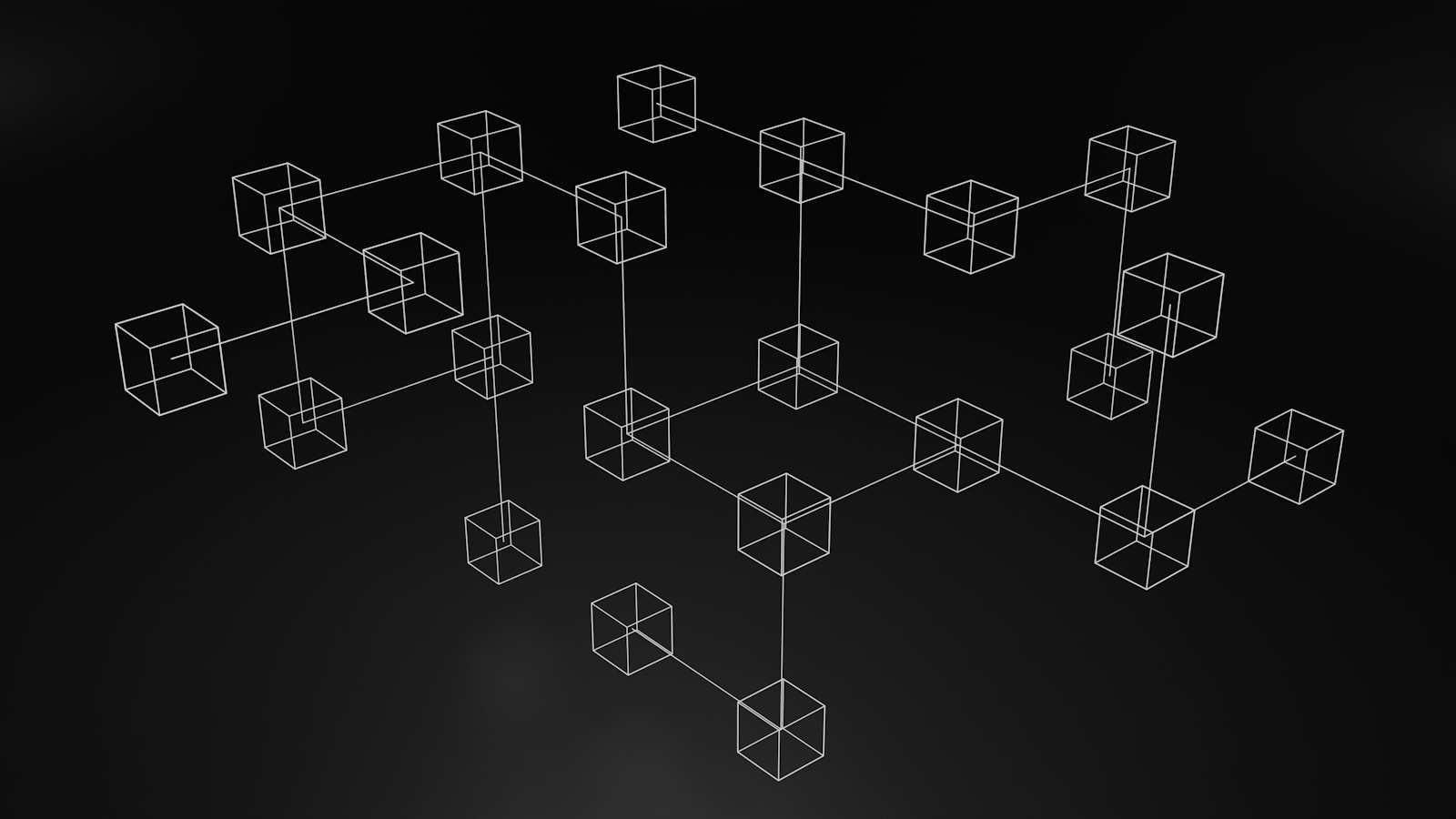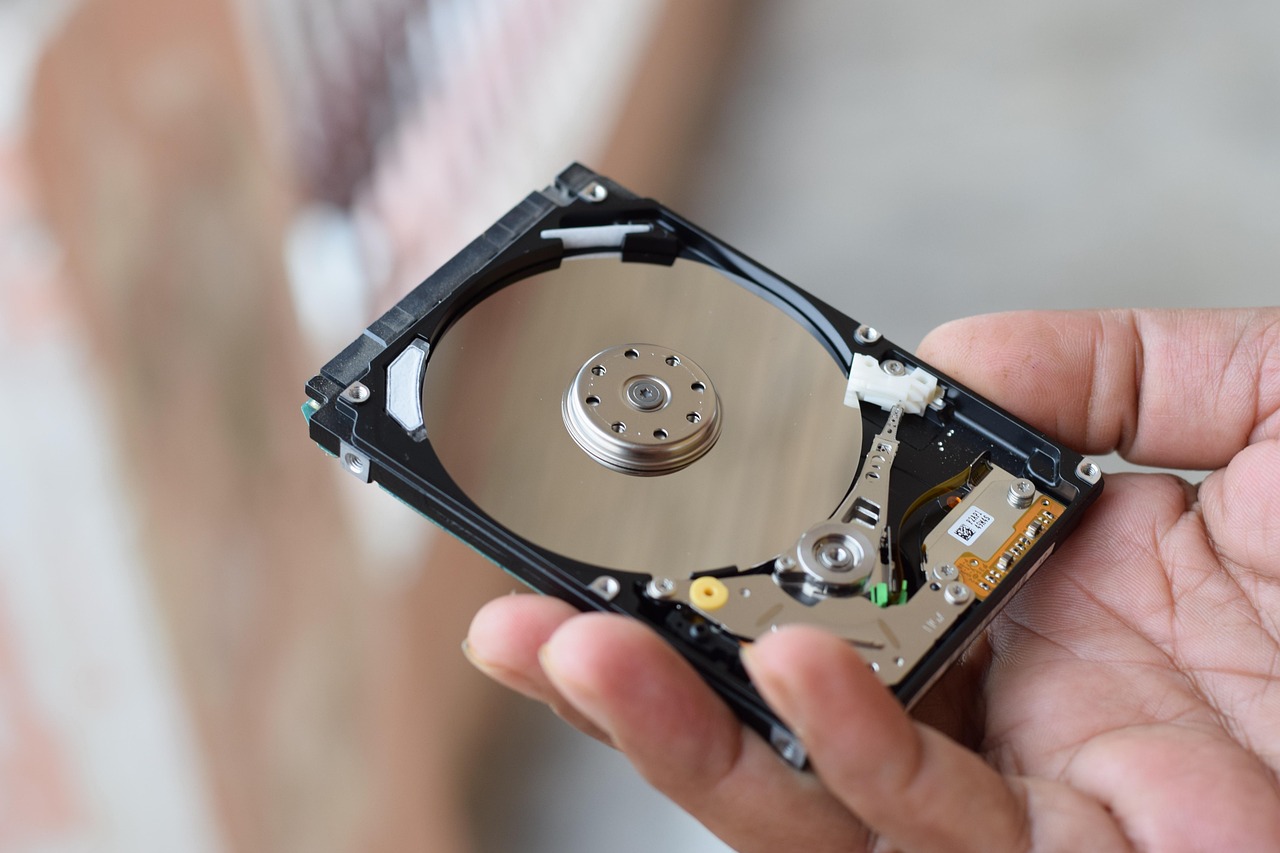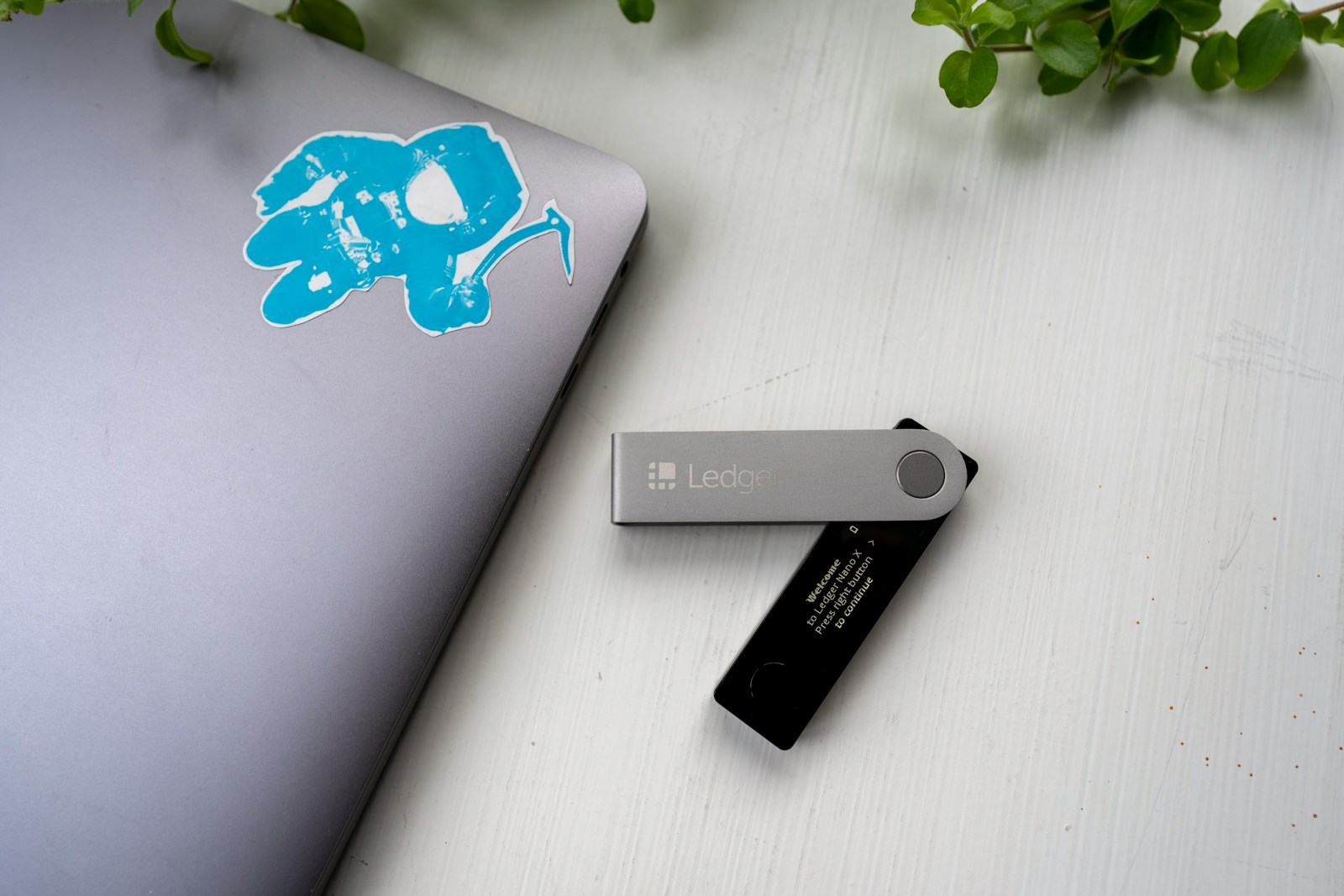
The Flow environment excels at handling large-scale interactive experiences without sacrificing speed or user accessibility. Unlike traditional decentralized networks burdened by high fees and slow transaction times, this ecosystem leverages a multi-node architecture optimized for rapid throughput. For developers targeting the creation of collectibles or immersive gameplay, it offers an infrastructure tailored to scale seamlessly while keeping operational costs predictable.
NBA Top Shot stands as a prime example of what this system enables. With over 1 million unique users and hundreds of millions in sales volume, the project demonstrates how digital collectibles tied to real-world sports moments can thrive. The underlying technology supports complex smart contracts managing asset ownership and trading mechanics efficiently, which opens doors for similar ventures beyond sports entertainment.
Creators benefit from comprehensive tooling designed to simplify on-chain asset development. The use of Cadence, a resource-oriented programming language, provides fine-grained control over digital item behavior while reducing common security pitfalls. This approach fosters innovation within decentralized applications focused on interactive media, tokenized assets, and player-driven economies.
Considering current trends in user engagement with interactive tokens, leveraging this environment makes strategic sense. Its low-latency confirmations and flexible composability empower projects that require dynamic interactions rather than static ownership alone. As competition increases across collectible marketplaces and play-to-earn ecosystems, selecting infrastructure that balances performance with developer ergonomics becomes increasingly critical.
Flow blockchain: developer-friendly NFT and gaming platform [DeFi & Protocols defi]
The recommended solution for scalable decentralized applications focusing on collectibles and interactive entertainment lies in the Flow ecosystem, engineered to support high throughput without compromising decentralization. Its multi-role architecture optimizes transaction processing by separating consensus, execution, verification, and collection of results into distinct nodes. This design enables thousands of transactions per second, a crucial advantage for projects requiring rapid user interactions such as NBA Top Shot.
NBA Top Shot exemplifies the practical application of this technology, leveraging tokenized moments from basketball games with verified scarcity and provenance. The platform’s ability to handle millions of users concurrently without congestion or exorbitant fees sets it apart from legacy systems like Ethereum during peak demand. Moreover, these features provide developers with predictable performance metrics and cost structures essential for sustainable product development.
Technical foundation and smart contract capabilities
The core programming language used within the Flow network is Cadence, a resource-oriented language designed specifically for asset management in distributed ledgers. Cadence introduces strong static typing and resource safety mechanisms that prevent common vulnerabilities found in smart contracts on other chains. For example, its unique approach to digital asset ownership ensures that tokens cannot be accidentally duplicated or lost, a critical feature for maintaining trust in collectible items.
Developers benefit from built-in tooling including an integrated testnet environment, comprehensive debugging utilities, and seamless integration with popular front-end frameworks via SDKs. These facilities reduce development cycles significantly compared to traditional platforms where complex gas calculations and optimization are mandatory before deployment. Additionally, the protocol supports upgradable smart contracts enabling iterative improvements without disrupting existing user assets.
Integration within DeFi protocols and ecosystem collaboration
The network’s architecture facilitates composability with decentralized finance primitives allowing creators to build marketplaces, lending services, or staking mechanisms around digital collectibles. This interconnectivity has led to partnerships integrating tokenized assets into liquidity pools or collateral systems enhancing their utility beyond mere collectibles. For instance, certain projects have experimented with fractional ownership models where individual rare items can be divided among multiple participants while preserving secure custody.
Cross-compatibility layers under development aim to enable asset transfers between this ledger and other prominent networks like Ethereum through bridges employing cryptographic proofs. Such interoperability efforts promise expanded liquidity options for traders and increased exposure for developers targeting diverse user bases across ecosystems.
Performance benchmarks and real-world usage scenarios
This comparative data illustrates why large-scale initiatives prefer deploying their collectible-centric applications within this infrastructure rather than congested alternatives where delays translate into poor user experience or transactional failures during peak events like limited-edition drops.
User adoption trends and ecosystem growth potential
The presence of marquee projects such as NBA Top Shot drives substantial engagement metrics–over one million registered accounts within two years from launch–with sustained active participation in marketplace activities exceeding hundreds of thousands monthly users. Analysis shows that repeat buyer ratios hover near 70%, suggesting strong community retention fueled by transparent asset provenance combined with gamified mechanics embedded directly into tokenomics.
This momentum encourages new entrants focused on interactive experiences blending financial incentives through staking or yield farming integrated alongside collectible ownership rights–a hybrid model increasingly prevalent among emerging decentralized applications seeking diversified revenue streams.
Security considerations and future development roadmap
The protocol’s layered node structure inherently reduces attack surfaces by distributing responsibilities across specialized validators rather than monolithic consensus roles typical elsewhere. Regular audits by established cybersecurity firms confirm resilience against common exploits such as reentrancy attacks or unauthorized minting attempts frequently encountered on less robust frameworks.
Looking ahead, upcoming upgrades focus on expanding cross-chain operability features while enhancing developer tools aimed at simplifying multi-user state synchronization critical for multiplayer interactive applications. Will these advancements maintain competitive advantages amid intensifying market competition? Industry observers anticipate continuous innovation driven both by internal governance decisions and external developer feedback loops ensuring adaptability aligned with evolving use cases.
Setting up Flow development environment
To begin constructing decentralized applications on the Flow ecosystem, start by installing the Flow CLI–a command-line interface designed for seamless interaction with the network. The latest stable release is available via GitHub and supports Windows, macOS, and Linux. Installation requires Go 1.16 or higher, ensuring compatibility with recent system architectures. Once installed, initializing a local emulator allows developers to simulate transactions without incurring costs or delays linked to mainnet operations.
Integrating Cadence–the resource-oriented smart contract language native to this environment–is critical for creating secure and efficient scripts. Developers should configure their IDEs with Cadence extensions, such as Visual Studio Code plugins, which provide syntax highlighting and inline error detection. This setup significantly reduces debugging time when building tokenized assets comparable to NBA Top Shot collectibles or complex in-game items.
Core components of the dev setup
The core tools include:
- Flow CLI: Enables project scaffolding, transaction submission, and account management.
- Emulator: Runs locally at 127.0.0.1:3569, mimicking mainnet behavior with configurable block times for testing concurrency impacts on gaming mechanics.
- Access API endpoint: Connects deployed contracts from testnet or mainnet for live integration tests.
- Account keys: Generated using elliptic curve cryptography (ECDSA_P256) conforming to FIPS standards to enhance security in asset ownership transfers.
This toolkit facilitates rapid prototyping of non-fungible tokens similar to those powering collectible marketplaces within this ecosystem’s environment.
For practical reference, configuring a Flow development environment mirrors the approach taken by Dapper Labs’ team during NBA Top Shot’s initial launch phase in 2019-2020. They leveraged automated deployment scripts combined with continuous integration pipelines to iteratively refine smart contracts that handle high-frequency minting and trading activities without bottlenecks–a strategy useful when scaling interactive digital assets in games.
The current market shift towards play-to-earn models intensifies demand for low-latency infrastructure capable of processing thousands of microtransactions per second–something this ecosystem natively supports through its multi-node architecture optimizing consensus without sacrificing decentralization. By replicating this setup locally before deploying publicly, developers can validate performance metrics crucial for sustaining immersive collectible-based gameplay experiences akin to leading projects in the sector.
A recommended practice involves integrating third-party SDKs compatible with JavaScript frameworks like React or Unity bindings tailored for real-time interactions between front-end clients and on-chain data layers. Such integrations expand possibilities beyond simple asset minting towards dynamic user-generated content ecosystems where token metadata evolves based on player actions–an emerging trend that underlines how foundational a robust development environment is for innovative applications within this domain.
Creating NFTs on Flow Blockchain
Minting unique digital assets on the NBA-related collectible ecosystem has become streamlined through an efficient consensus mechanism and resource-oriented programming environment. This infrastructure supports low transaction fees and fast finality times, which are critical for maintaining user engagement during peak demand periods, such as major sports events or limited-edition drops. Developers aiming to build within this environment benefit from comprehensive SDKs and tooling that simplify asset creation without compromising scalability or security.
The integration of Cadence, a purpose-built smart contract language, allows creators to define programmable ownership and transfer logic with fewer vulnerabilities compared to traditional virtual machines. This design choice facilitates intricate use cases beyond simple token issuance – for example, embedding dynamic metadata that reflects real-time player statistics in NBA-themed collectibles. Such sophistication enhances user interaction by enabling game-like features directly tied to asset behavior.
Technical Foundations and Use Cases
One of the hallmark applications of this ecosystem is the NBA Top Shot project, which demonstrates effective utilization of blockchain technology for licensed sports memorabilia. The underlying system manages extensive volumes of microtransactions while preserving decentralization principles. By leveraging a multi-node validation process optimized for throughput, it handles thousands of sales per minute during high-profile moments without significant network congestion.
For developers building similar offerings, it’s worth examining how composability and modular contract architecture reduce deployment complexity and facilitate upgrades post-launch. Moreover, the platform’s support for cross-platform interoperability enables seamless integration with web wallets and decentralized marketplaces focused on collectibles and interactive entertainment titles. Given recent shifts toward immersive experiences, this capability opens pathways for combining visual assets with interactive mechanics tailored specifically to fan communities.
Integrating Smart Contracts with Cadence
Cadence offers a resource-oriented programming model that significantly improves the safety and clarity of smart contract development. Unlike traditional languages, it enforces strict ownership rules for digital assets, which is critical when managing scarce collectibles such as those found in popular projects like NBA Top Shot. This approach mitigates common vulnerabilities like double-spending and unauthorized asset transfers by design.
The language’s clear syntax and built-in capability to define complex data structures allow developers to implement token standards tailored for unique asset types, including programmable collectibles and interactive items used in blockchain-based games. For instance, Cadence enables creating composable assets where players can attach or upgrade components without risking contract integrity, enhancing both user experience and platform scalability.
Technical Aspects of Smart Contract Integration
Smart contracts written in Cadence operate within a deterministic execution environment that supports upgradable contracts through interfaces and resource interfaces. This modularity fosters maintainable codebases essential for evolving ecosystems hosting digital collectibles and interactive applications. The use of capabilities allows fine-grained access control over stored resources, which is vital for multi-user environments typical in decentralized applications centered on entertainment and digital ownership.
A notable example is the implementation of marketplace logic where users list their collectibles for sale. Cadence’s transaction model ensures atomic operations, so transferring ownership and updating marketplace states happen simultaneously without risk of inconsistency. This contrasts sharply with more generic virtual machines where race conditions can cause failed trades or lost assets.
Performance considerations also play a role; Cadence contracts compile to bytecode optimized specifically for the underlying consensus mechanism’s virtual machine. Real-world data from high-traffic applications indicates that transaction throughput remains stable even during peak demand periods driven by events or game updates, reflecting efficient state management inherent to this smart contract environment.
Developers benefit from comprehensive tooling including an integrated emulator, formal verification support, and detailed debugging facilities designed around Cadence’s type system. These tools accelerate development cycles while reducing errors–an advantage especially apparent when deploying complex logic such as auction algorithms or royalty distributions for collectible creators within dynamic communities.
Building gaming mechanics on Flow
Creating interactive systems within the Flow ecosystem leverages its multi-node architecture, enabling high throughput without sacrificing decentralization. This setup allows developers to implement complex in-game economies with rapid transaction finality, crucial for maintaining real-time user engagement. For instance, NBA Top Shot demonstrates how collectible moments can be securely minted and traded at scale, handling thousands of transactions per minute during peak activity.
The Cadence smart contract language offers a resource-oriented approach that simplifies asset management and enforces ownership rules intrinsically. This design reduces common pitfalls such as double-spending or item duplication, which are critical challenges in virtual environments with tradable assets. Developers benefit from strong static typing and built-in safety features that streamline logic implementation while ensuring predictable behavior under concurrent interactions.
Technical nuances for immersive gameplay
Implementing mechanics like staking, crafting, or dynamic loot generation requires deterministic state changes and efficient event handling. The platform’s separation of consensus roles–consensus nodes, execution nodes, and verification nodes–optimizes these processes by parallelizing workload distribution. This architecture supports sophisticated game loops where player actions trigger immediate blockchain updates reflected across all participants.
A notable example is the NBA-themed collectible application where rarity tiers and play conditions influence secondary market prices dynamically. Developers can integrate off-chain data via oracles to adjust gameplay parameters or introduce seasonal events without compromising on-chain security. Such flexibility encourages novel revenue streams through timed drops or skill-based rewards validated transparently through cryptographic proofs.
From a scalability perspective, the layered structure minimizes gas fees compared to traditional single-layer solutions by reducing redundant computation across validator nodes. As a result, smaller studios gain access to infrastructure previously available only to large entities, lowering entry barriers for experimental titles focused on tokenized assets. With recent upgrades enhancing interoperability protocols, cross-application asset transfers become seamless, expanding possibilities beyond isolated ecosystems.
Utilizing DeFi Protocols on Flow
Integrating decentralized finance solutions on the Flow network offers a scalable and efficient environment for financial applications. The architecture supports high throughput with low latency, enabling protocols that require swift transaction finality and minimal fees. For example, lending platforms can leverage Flow’s multi-node consensus to ensure secure asset custody while maintaining user experience comparable to centralized services. This reduces common bottlenecks found in legacy systems and enhances liquidity provision through seamless smart contract interactions.
The NBA Top Shot phenomenon illustrates how tokenized collectibles can intersect with financial instruments on this ecosystem. By wrapping moments into tradeable assets, secondary markets have emerged where fractional ownership and staking mechanisms are introduced. These developments highlight Flow’s ability to handle complex economic models without compromising decentralization. Developers working within this framework benefit from Cadence, the resource-oriented programming language designed specifically for safe digital asset management and composability of DeFi modules.
Technical Advantages of Flow for Decentralized Finance
Flow’s unique multi-role architecture divides tasks among consensus, verification, execution, and collection nodes, which optimizes scalability without sacrificing security. This separation allows DeFi contracts to execute with deterministic outcomes, essential for trustless lending or synthetic asset issuance. Additionally, the native support for account abstraction simplifies user interactions by enabling customizable authorization schemes directly at the protocol level–an advantage over traditional Ethereum-based systems burdened by gas inefficiencies.
- Cadence’s resource types prevent double spending by design.
- Built-in upgradability allows iterative improvements of deployed contracts.
- Efficient storage model reduces costs related to state changes during transactions.
The NBA partnership has also driven adoption curves by demonstrating real-world utility beyond collectibles trading. Integrating yield farming strategies or automated market makers (AMMs) within this ecosystem becomes feasible due to predictable execution costs and robust developer tooling. As a result, new financial products tailored for sports enthusiasts or digital asset holders emerge rapidly while maintaining compliance with on-chain data integrity standards.
Recent market trends reveal increased interest in cross-application composability between entertainment tokens and decentralized exchanges hosted on this ledger technology. Compared to Ethereum’s congestion issues witnessed during peak times in 2021–2022, this system handles several thousand transactions per second consistently under testnet conditions–indicating readiness for mainstream DeFi adoption scenarios. Observing projects that tokenize NBA highlights alongside liquidity pools reveals innovative use cases where users earn rewards through staking their collectible-backed tokens within lending vaults or derivative contracts built atop the same infrastructure.
Optimizing Transaction Costs and Speed on Flow’s Ecosystem
Reducing gas fees while maintaining high throughput remains critical for scaling projects like TopShot and NBA-related collectibles. Flow’s multi-node architecture, which separates consensus from execution, enables a significant drop in transaction costs–averaging under $0.01 per transfer–without compromising finality times that average 2 seconds per block. This balance makes microtransactions viable for applications demanding rapid interaction, such as real-time gameplay or frequent asset exchanges.
For developers targeting mass adoption within interactive entertainment, leveraging Flow’s Cadence language optimizes smart contract efficiency by minimizing state bloat and computational overhead. For example, NBA TopShot’s ability to handle millions of moment sales daily without congestion highlights how protocol design can support global user bases while keeping latency minimal and fees predictable.
Broader Implications and Future Trajectories
- Cost-efficiency drives user retention: With sub-penny transactions, platforms can implement novel economic models including fractional ownership or dynamic pricing in virtual environments.
- Scaling through parallelization: Flow’s resource-oriented programming allows parallel transaction execution across different shards without cross-shard communication delays, paving the way for complex multiplayer scenarios with real-time asset swaps.
- Interoperability considerations: As NFT ecosystems expand beyond the NBA sphere into other sectors, seamless bridging mechanisms will become necessary to maintain low latency while connecting heterogeneous ledger systems.
The continuous evolution of node validation strategies hints at future upgrades capable of further compressing confirmation times below one second. Such improvements would catalyze innovations in competitive gaming where split-second decisions affect asset states irrevocably. Meanwhile, emerging Layer-2 solutions tailored to this environment promise even greater scalability without sacrificing decentralization or security guarantees inherent in Flow’s core design.
Ultimately, optimizing transaction speed and cost is not merely about immediate performance metrics but enabling sustainable growth paths for digital collectibles tied closely to cultural phenomena like the NBA. This synergy between technical architecture and user experience positions this ecosystem uniquely compared to legacy chains burdened by higher fees and slower throughput. How these dynamics evolve will set new benchmarks for immersive virtual economies globally.






